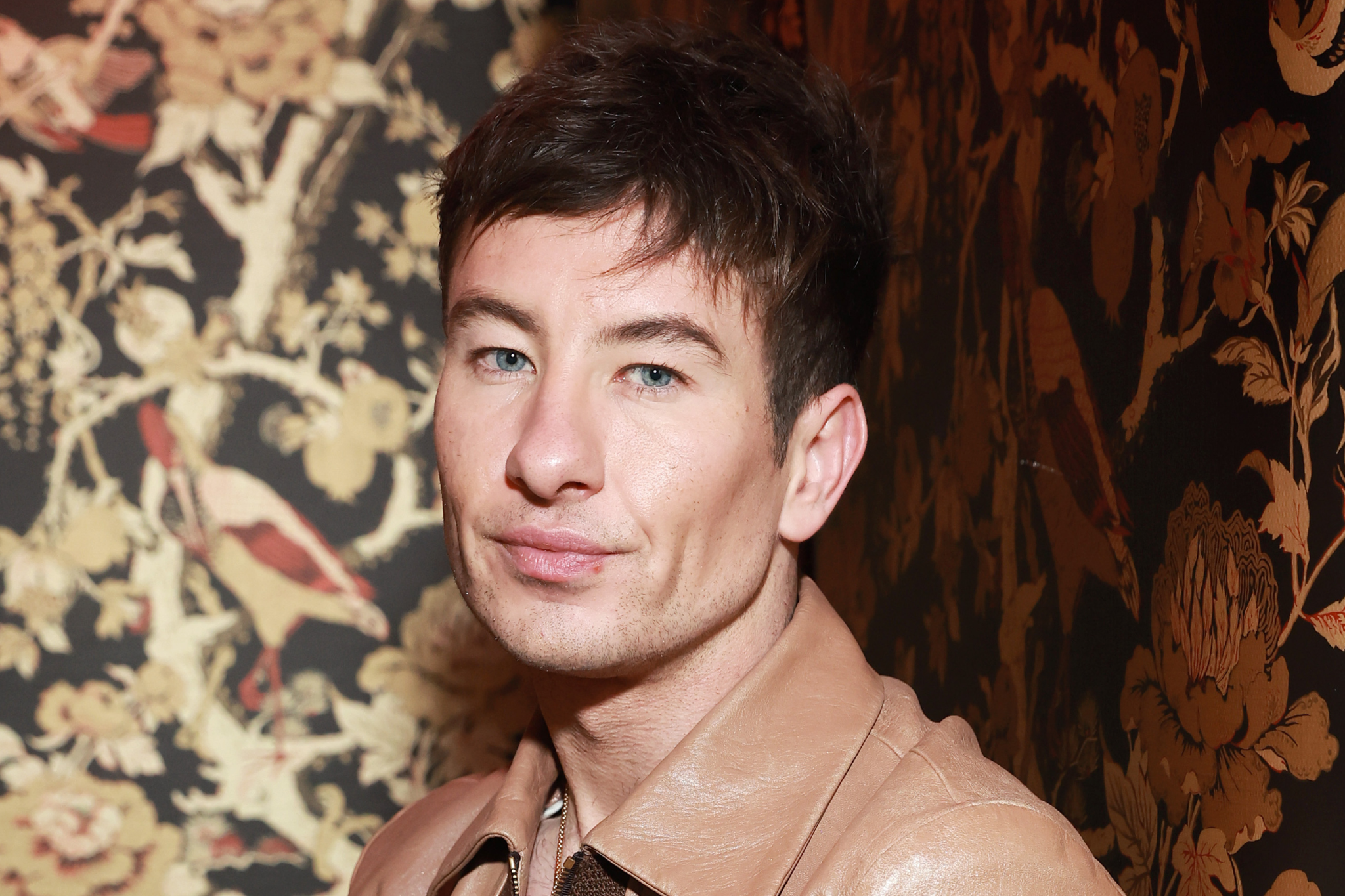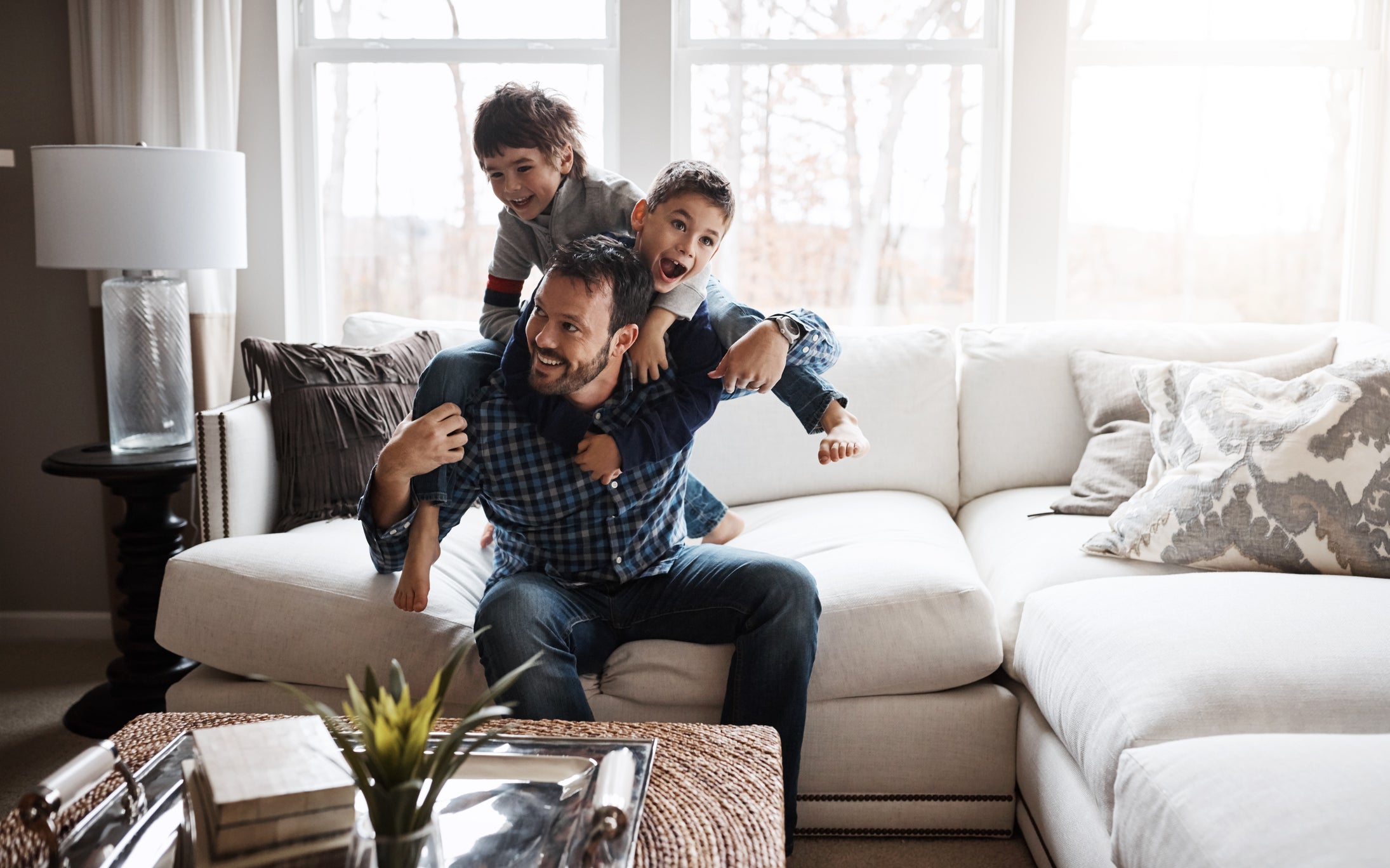I’m a single parent – I’ve never known it any other way. It wasn’t exactly the plan. My partner died while we were in the middle of our IVF journey, and I went on to have his two children after he died using his banked sperm. Like many women, I didn’t want being single to mean the end of my dreams of motherhood.
I’m not alone. The number of single women undergoing fertility treatment in the UK has more than trebled in the last 10 years, according to the Human Fertilisation and Embryology Authority. One in four families with dependent children in the UK are also headed by a single parent – and a whopping 89 per cent of them are single-mum families, according to the Office for National Statistics in 2024.
Yet, single mothers like me often feel mum-shamed for our decisions to have children alone, as we are faced with judgmental assumptions and stereotypes that two-parent families with a male role model are the gold standard.
People always assume I’m looking for somebody to fill that father figure role for my daughters, Lola, nine, and Liberty, seven – but I’m not. I get annoyed when dad friends take it upon themselves to boss my kids about – or lecture them. My children seem happy and balanced with just me as a parent – surely what is most important is a loving relationship? To have one secure parent, or two same-sex parents, has got to be better for a child’s mental health than an unstable environment with a male in the home. I’m used to being on my own; it’s easier in many ways. I don’t have to answer to anybody else when it comes to parenting styles; whether it’s jellyfish or helicopter, the decision is mine.
My dad was the closest my children ever got to a father until he died in July of last year. Of course, there are many caring dad friends, a cousin, and the godfather, all of whom step into the role in various ways at different times. But nobody male has ever been consistently there for them.

But maybe I’ve got it all wrong. Should I fill the post? What will the impact of being fatherless be on my children now and in later life – if any?
A 2019 study commissioned by Gillette found that father figures are crucial. One in four men chose their father as a top role model over sporting heroes, Hollywood actors and high-profile figures. And the Saltburn actor, Barry Keoghan, recently admitted that he doesn’t have a “normal father-son relationship” with his two-year-old child, Brando, whom he shares with ex Alyson Kierans.
“I’ll just say this – I didn’t have a father figure growing up, so even my relationship with my son isn’t quite of the normal father-son relationship because I don’t have that figure to draw experience from and to base it on,” he told Entertainment Weekly in 2024.
Across the UK, 2.7 million children have no father at home, representing almost one in five of all dependent children, according to the Centre for Social Justice’s last findings in 2016.
But while many studies have emerged about the links between absent dads and negative outcomes in children – particularly around the impact on boys and poor educational achievement – it hasn’t translated into meaningful change at a policy level, says Sonia Shaljean, founder of Lads Need Dads.
“This may be because issues affecting boys have historically been overlooked, and only recently gained more attention, largely as a by-product of public concern around figures like Andrew Tate and their influence on how women and girls are treated, not because of concern for the boys themselves.”

While it’s believed by some experts that both genders suffer from absent fathers, boys often express this differently by externalising issues through disruptive behaviour.
A 2022 study by the Institute for Fiscal Studies on early childhood development notes that although girls from single-parent families generally outperform boys in educational settings, early life stressors, such as a father’s absence, can lead to internalising behaviours like anxiety and depression, which are more prevalent among girls. Another 2018 study from University College London found that girls are unaffected in terms of externalising problems but experience increases in internalising symptoms during adolescence following paternal departure, regardless of when it occurs.
But a 2019 report conducted by Gingerbread and the University of Sheffield paints a very different picture. It found that the wellbeing of children is not negatively affected by being in a single-parent family, compared to living in two-parent families – other than economic impact. And that is a reality for single-parent families – with 43 per cent of them in poverty compared to 26 per cent of couple families, according to the Department for Work and Pensions in 2025.
It is easier in a patriarchy to pin the blame for all of the world’s problems on unmarried women than it is to question why so many fathers are absent in the first place
Sarah Thompson, author of ‘Happy Single Mother’
“Single parents are incredible and research tells us it’s not the shape of a family that affects children’s wellbeing – it’s money struggles,” says Sarah Lambert, head of policy and campaigns at Gingerbread, the charity for single-parent families.
For many children in single-parent families, things are better all round without conflict, or worse, at home, she adds.
“The most important thing for children is being brought up in a loving home and not experiencing poverty or economic disadvantage. We need to see single-parent families better supported and government ensuring its policies work for them. That way, children can be protected from poverty no matter the shape of their family.”
Sarah Thompson, author of Happy Single Mother, says despite the positive evidence that tells us the children of single mothers are doing just fine, it doesn’t seem to shift the pre-determined, negative political and media narratives about single parents (most often mothers) and their children.
“It is easier in a patriarchy to pin the blame for all of the world’s problems on unmarried women than it is to question why so many fathers are absent in the first place, or to ask why so many women simply prefer to do the job themselves,” she says.

There is also plenty of psychological evidence to suggest that the single-parent model creates a more harmonious atmosphere at home and gives children clear lines of attachment to their main caregiver, she says. “Children aren’t exposed to the low-level bickering and strict rules that are more common in dual-parent households, and they know who is available to them; the lines of power and communication are very clear.”
Dr Joanna Fortune, psychotherapist and author of 15-Minute Parenting, says that all children need one good, strong key attachment figure in their lives. “A good strong attachment figure is someone who is calm, consistent, connected, reliable and responsive to them and their needs.” A strong early attachment, she says, enables us to grow up believing that we are good people deserving of good things in life, that others are generally safe, trustworthy and reliable, and the world is a mostly safe and exciting place. More than one such person is a bonus, she says, but when a single parent meets the above criteria, it is absolutely “enough” for a child to grow, develop and thrive.
Positive male models help children to internalise what “good” men are and how they behave, she says. “It sets up a positive expectation as to how they should behave themselves and what traits to seek out in friends/partners later on.”
If a child does not have this connection with their father, they can develop such a connection with a male family member, such as a grandfather or uncle. Children will also experience positive male role models in the guise of teachers, sports coaches, and scout leaders. “I would not say that all children need a male role model, though,” she adds. “I would say that they absolutely need a variety of positive adult role models.”
When I compare my children to others in their class with a father figure, I take a sigh of relief. My kids are top of the class and have fewer behavioural issues than many of their friends with dads. With more women choosing to stay single, parenthood being postponed, and a plummeting birth rate due to Gen Z struggling to afford kids, it’s time we let go of the outdated narrative.
One-parent families don’t offer only half the parental benefits. I have to work doubly hard to emotionally care for my kids who only have one parent to hug and listen to them. I’m all they’ve got – and sometimes that is scary for me, especially financially. I’m not knocking the importance of a father when mine was my rock. But as far as I can tell, I don’t need a live-in dad for my kids for their wellbeing. It would definitely help me with things like sharing the school run, and ferrying two kids around on playdates, as well as the bills, but it doesn’t necessarily mean they’d get more love and stability.

